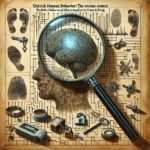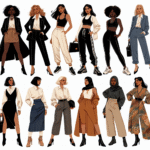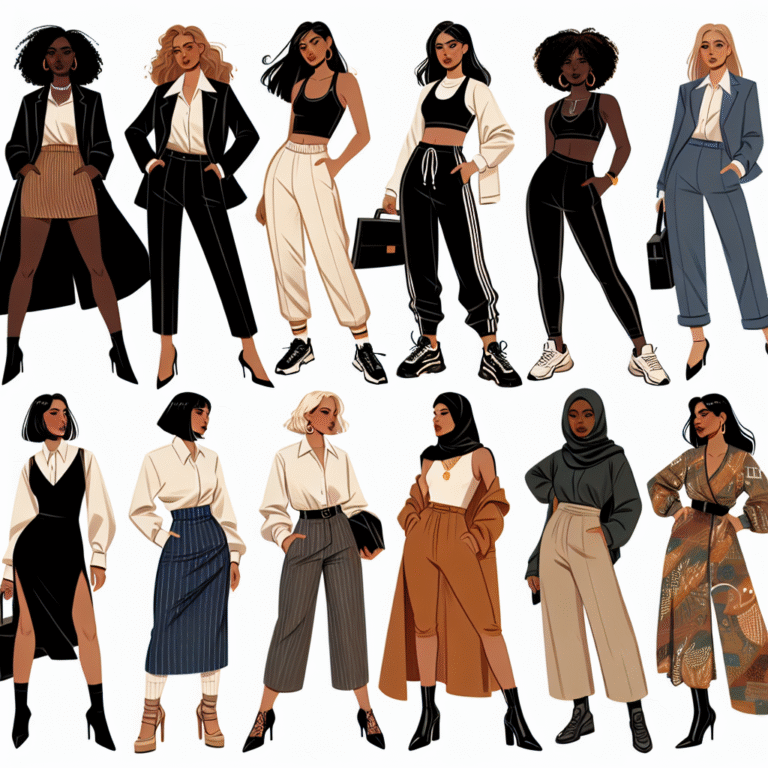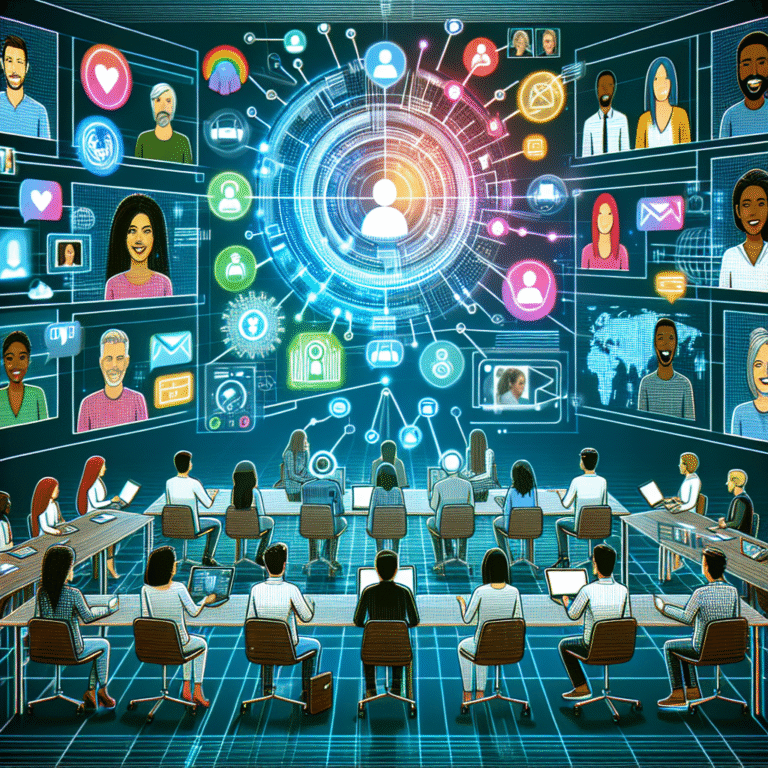
Introduction
In a world that is continually evolving, our understanding of gender is undergoing significant transformation. The spectrum of gender challenges traditional notions of identity, inviting us to explore the rich and diverse realities of human existence beyond binary definitions. As society becomes more aware of the complexities of gender, the importance of embracing this spectrum is not only relevant but essential for fostering inclusivity and understanding.
Gender is often perceived as a static set of characteristics strictly divided into "male" and "female." However, the reality is startlingly different. With more individuals identifying as non-binary, genderqueer, genderfluid, and beyond, we are entering a new era that demands an examination of how we understand and discuss gender. This shift represents not just a social evolution but also an essential component of personal identity and expression.
In this article, as we delve into the spectrum of gender, we will explore various perspectives, case studies, and insights that challenge traditional notions of identity. Our goal is to illuminate the importance of recognizing and validating the diverse expressions of gender and identity while providing actionable insights for fostering a more inclusive world.
Understanding Gender: Beyond the Binary
Traditionally, gender has been viewed through a binary lens – male or female, masculine or feminine. However, the spectrum of gender acknowledges that gender is not limited to these two categories. It is a multifaceted construct influenced by a myriad of social, cultural, and personal factors.
The Expanding Vocabulary of Gender
As our understanding of gender evolves, so too does our vocabulary. Terms like non-binary, genderqueer, and genderfluid have gained traction, offering individuals the language to articulate their experiences. Here’s a brief overview of some of the most common identities within the spectrum of gender:
| Term | Definition |
|---|---|
| Non-binary | An umbrella term for gender identities that are not exclusively male or female. |
| Genderqueer | A term used by individuals who reject the traditional gender binary. |
| Genderfluid | Refers to individuals whose gender identity may change over time. |
| Agender | A person who identifies as having no gender or being without gender. |
| Two-Spirit | A term used by some Indigenous cultures to describe a person embodying both masculine and feminine qualities. |
Understanding this expanding vocabulary is crucial in challenging traditional notions of identity and fostering an environment where all identities are respected.
Case Study: The Non-Binary Experience
Consider Jamie, a 24-year-old who identifies as non-binary. Growing up in a small town, Jamie felt the constraints of traditional gender roles acutely. Through online communities and resources, Jamie discovered the term non-binary and resonated with it. This realization was liberating, allowing Jamie to express themselves authentically.
Jamie’s experience is not isolated; many individuals struggle with the limitations imposed by a binary gender framework. By challenging these traditional notions of identity, we open doors for countless others to embrace their true selves without fear of judgment.
The Social Context of Gender Identity
The spectrum of gender does not exist in a vacuum; it is influenced heavily by cultural, societal, and historical contexts. Different societies have recognized and honored diverse gender identities throughout history.
Historical Perspectives
In many Indigenous cultures, gender diversity has been acknowledged and revered. The Two-Spirit identity, which encompasses both masculine and feminine characteristics, is a prime example of this historical acceptance. Unlike Western constructs of gender, which often seek to categorize and define, many cultures celebrate fluidity and complexity.
The Impact of Modern Movements
In recent years, the visibility of non-binary and gender-nonconforming individuals has escalated, aided by social movements advocating for LGBTQ+ rights. Organizations like GLAAD and the Human Rights Campaign have played pivotal roles in educating the public about gender identity, promoting awareness, and advocating for legal protections.
Case Study: The Rise of Non-Binary Representation in Media
Television shows and films have also started to reflect and normalize the spectrum of gender. One notable example is the show "Billions," which features a non-binary character portrayed by actor Asia Kate Dillon. This representation allows audiences to engage with and empathize with non-binary experiences, challenging traditional portrayals of gender in media.
Relevant Statistics
According to a survey conducted by the Williams Institute, about 0.6% of U.S. adults identify as non-binary. This statistic highlights the importance of visibility and representation in our ongoing discussions about gender, further solidifying the need to challenge traditional notions of identity.
The Psychological Aspects of Gender Identity
Understanding the psychological implications of gender identity is crucial in discussing the spectrum of gender. Many individuals may experience gender dysphoria, which is the discomfort or distress resulting from a discrepancy between one’s experienced gender and assigned gender at birth.
Mental Health Considerations
Research has shown that accepting one’s gender identity can significantly improve mental health outcomes. A study published in the journal "Transgender Health" found that individuals who received support from friends and family members experienced reduced rates of depression and anxiety.
Symptomatology of Gender Dysphoria
| Symptoms | Impact on Daily Life |
|---|---|
| Anxiety or depression | Impairs social interactions |
| Low self-esteem | Affects academic or work performance |
| Social withdrawal | Limits personal relationships |
| Body dissatisfaction | Can lead to eating disorders |
Case Study: The Importance of Affirmation
Consider Alex, a 30-year-old who transitioned from female to male. With the support of a therapist and a supportive community, Alex was able to affirm his identity fully. The process of transitioning not only aligned Alex’s physical appearance with his gender identity but also had a profound impact on his mental health, leading him to become an advocate for other transgender individuals.
This example underscores the importance of affirming diverse identities and challenging societal norms that perpetuate misunderstandings around gender.
Bridging the Gap: Education and Allyship
To foster a society that truly embraces the spectrum of gender, education and allyship are paramount. Ignorance and misinformation often lead to misunderstandings, discrimination, and ostracization of those who do not conform to traditional gender roles.
The Role of Education
Educational institutions are in a unique position to implement inclusive curricula that encompass discussions around gender identity. From kindergarten through higher education, teaching the spectrum of gender can cultivate understanding and acceptance from a young age.
Example Initiatives
- Inclusive Training for Educators: Implementing training programs that educate teachers about diverse gender identities.
- Creating Safe Spaces: Establishing gender-neutral bathrooms and safe zones for students to express their gender identity.
The Power of Allyship
Being an ally involves actively supporting those within the LGBTQ+ community, advocating for their rights, and standing against discrimination. Here are some actionable steps that individuals can take:
- Listen and Learn: Engaging with the experiences of non-binary and gender-nonconforming individuals fosters understanding.
- Challenge Language: Using inclusive language and pronouns normalizes the recognition of diverse identities.
- Support Legislation: Advocating for legal protections for LGBTQ+ individuals creates systemic change.
Case Study: Successful Allyship
The success of organizations like GLSEN (Gay, Lesbian & Straight Education Network) in advocating for inclusive school policies showcases the power of allyship. Through training and resources, GLSEN has helped schools to better understand and support LGBTQ+ students, ultimately leading to improved educational environments.
Conclusion
As we traverse the complexities of identity, it becomes increasingly clear that the spectrum of gender challenges traditional notions of identity in meaningful ways. By embracing the multifaceted nature of gender, we cultivate a world that fosters acceptance, understanding, and equality. It is essential to recognize that everyone has the right to self-identify and express themselves authentically.
By educating ourselves and others, championing inclusivity, and being proactive allies, we can create a society where all expressions of gender are valued. Let us celebrate the spectrum of gender, challenge outdated notions, and empower individuals to thrive as their true selves.
FAQs
1. What does it mean to be non-binary?
Non-binary individuals identify as neither exclusively male nor female. Their gender identity may include a combination of both genders, neither, or fluctuate between genders.
2. How can I support someone who identifies as non-binary?
You can support non-binary individuals by using their correct pronouns, listening to their experiences, and advocating for inclusive practices in your community.
3. What are the psychological impacts of gender dysphoria?
Gender dysphoria can lead to increased anxiety, depression, and feelings of isolation. Support from friends, family, and mental health professionals can help mitigate these effects.
4. How has the representation of gender diversity in media changed over the years?
Representation has become more inclusive, with mainstream media showcasing non-binary and gender-nonconforming characters, thereby normalizing diverse gender identities.
5. Why is it important to challenge traditional notions of gender?
Challenging these outdated notions allows for inclusivity and acceptance, enabling individuals to express their true selves without fear of stigma or discrimination.
In conclusion, embracing the spectrum of gender allows us to move towards a more inclusive world, one where everyone can thrive as their authentic selves. It is each individual’s responsibility to educate themselves and others, challenge bias, and advocate for a future where all identities are respected and celebrated.















